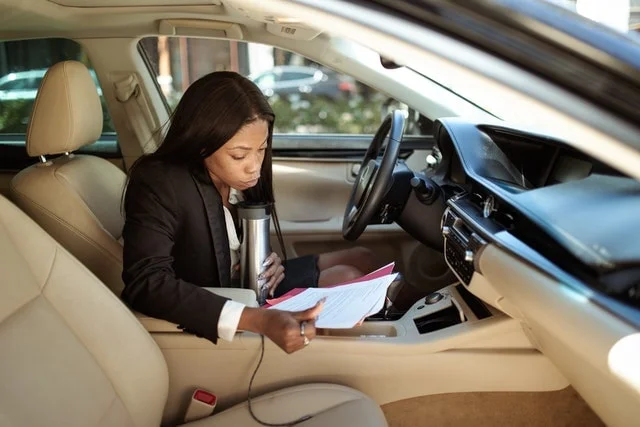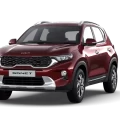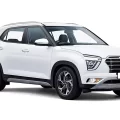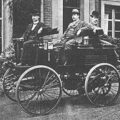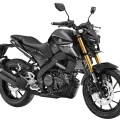Understand your auto insurance and what it covers
Auto Insurance
Vehicle insurance (also known as car insurance, motor insurance, or auto insurance) is insurance for cars, trucks, motorcycles, and other road vehicles. Its primary use is to provide financial protection against physical damage or bodily injury resulting from traffic collisions and against liability that could also arise from incidents in a vehicle. Vehicle insurance may additionally offer financial protection against theft of the vehicle, and against damage to the vehicle sustained from events other than traffic collisions, such as keying, weather or natural disasters, and damage sustained by colliding with stationary objects. The specific terms of vehicle insurance vary with legal regulations in each region.
Car insurance is a type of insurance that covers damages or loss to a vehicle in case of an accident or other incidents. In most countries, having car insurance is a legal requirement, but even if it is not required by law, it is still a good idea to have insurance to protect yourself financially. In this article, we will discuss what car insurance is, what it covers, the types of car insurance available, and how to choose the right policy for your needs.
What is Car Insurance?
Car insurance is a type of insurance that protects you financially in case of an accident, theft, or damage to your car. In exchange for paying a monthly or yearly premium, the insurance company agrees to cover the cost of damages or losses to your car up to a certain amount. The amount of coverage you get depends on the policy you choose, and the premium you pay is based on several factors, such as your age, driving record, and the type of car you drive.
What Does Car Insurance Cover?
Car insurance covers damages or losses to your car caused by accidents, theft, natural disasters, or other incidents. The exact coverage you get depends on the policy you choose, but most policies include the following:
- Liability Coverage – This type of coverage is required by law in most states and covers damages or injuries you cause to others while driving your car. It includes two types of coverage:
a. Bodily injury liability – This coverage pays for medical expenses, lost wages, and other damages if you are responsible for an accident that injures someone else.
b. Property damage liability – This coverage pays for damages to other people’s property if you are responsible for an accident.
- Collision Coverage – This type of coverage pays for damages to your car if you are involved in an accident with another car or object, regardless of who is at fault.
- Comprehensive Coverage – This type of coverage pays for damages to your car caused by incidents other than accidents, such as theft, vandalism, natural disasters, or falling objects.
- Uninsured or Underinsured Motorist Coverage – This type of coverage protects you if you are in an accident with someone who does not have insurance or does not have enough insurance to cover the damages.
Types of Car Insurance
There are several types of car insurance available, each with different levels of coverage and costs. Here are the most common types of car insurance:
- Liability Insurance – This is the most basic type of car insurance and covers damages or injuries you cause to others while driving your car.
- Collision Insurance – This type of insurance covers damages to your car if you are involved in an accident with another car or object, regardless of who is at fault.
- Comprehensive Insurance – This type of insurance covers damages to your car caused by incidents other than accidents, such as theft, vandalism, natural disasters, or falling objects.
- Personal Injury Protection (PIP) Insurance – This type of insurance covers medical expenses, lost wages, and other damages for you and your passengers if you are in an accident.
- Uninsured/Underinsured Motorist Insurance – This type of insurance protects you if you are in an accident with someone who does not have insurance or does not have enough insurance to cover the damages.
- Gap Insurance – This type of insurance covers the difference between what you owe on your car and its actual value if your car is totaled or stolen.
How to Choose the Right Car Insurance Policy: A Comprehensive Guide
Car insurance is a vital aspect of car ownership, as it protects you financially in the event of an accident, theft, or damage. But with so many different types of policies and coverage options available, it can be overwhelming to choose the right one for you. In this comprehensive guide, we’ll walk you through the process of choosing the right car insurance policy, including factors to consider, types of coverage available, and how to compare quotes.
Factors to Consider
Before you start shopping for car insurance, it’s important to consider several factors that can impact the type of policy and coverage you need. These include:
- Your driving habits: Do you drive frequently or infrequently? Do you mostly drive in urban or rural areas? Do you have a long commute?
- Your car: What type of car do you drive? How old is it? How much is it worth?
- Your budget: How much can you afford to spend on car insurance premiums?
- Your personal circumstances: Do you have a good driving record or a history of accidents or tickets? Do you have a family or dependents to consider?
Types of Coverage
There are several types of coverage available in car insurance policies, each with its own set of benefits and limitations. These include:
- Liability coverage: This is the most basic type of car insurance and is required by law in most states. It covers damage or injury you cause to others in an accident, but it does not cover damage to your own car.
- Collision coverage: This type of coverage pays for damage to your car in the event of a collision, regardless of who is at fault.
- Comprehensive coverage: This covers damage to your car that is not caused by a collision, such as theft, vandalism, or natural disasters.
- Personal injury protection: Also known as PIP, this coverage pays for medical expenses and lost wages if you or your passengers are injured in an accident, regardless of who is at fault.
- Uninsured/underinsured motorist coverage: This coverage protects you if you’re in an accident with a driver who doesn’t have enough insurance to cover the damages.
- Gap insurance: If your car is totaled in an accident and you owe more on your loan than the car is worth, gap insurance will cover the difference.
Comparing Quotes
Once you’ve determined the type of coverage you need, it’s time to start comparing quotes. Here are some tips to help you get the best deal:
- Shop around: Don’t settle for the first quote you receive. Get quotes from several different insurers to compare prices and coverage options.
- Consider deductibles: A higher deductible means lower premiums, but you’ll have to pay more out of pocket if you have an accident.
- Look for discounts: Many insurers offer discounts for things like good driving habits, multiple cars, and safety features.
- Read the fine print: Make sure you understand exactly what is covered by each policy, as well as any limitations or exclusions.
- Ask questions: Don’t be afraid to ask your insurer questions about the policy or coverage options. They should be able to provide you with clear, helpful answers.
Conclusion
Choosing the right car insurance policy can seem daunting, but with the right knowledge and preparation, you can make an informed decision that will protect you and your vehicle. Consider your driving habits, personal circumstances, and budget when selecting a policy, and make sure to compare quotes and read the fine print before making a final decision. With the right coverage in place, you can drive with peace of mind knowing that you’re protected in the event of an accident or damage to your vehicle.
